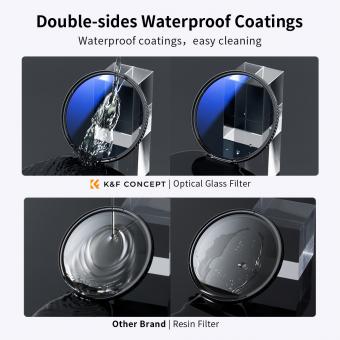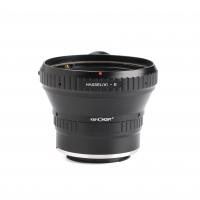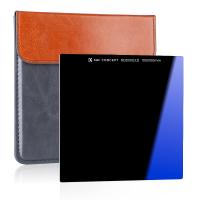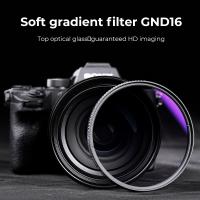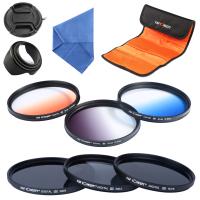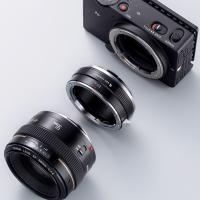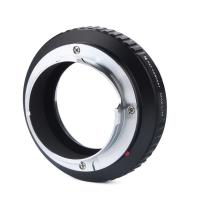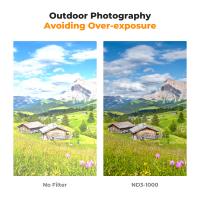How Do Camera Filters Work ?
Camera filters work by modifying the light that enters the camera lens. They are typically made of glass or plastic and are designed to alter certain characteristics of the light, such as its color, intensity, or polarization. Different types of filters serve different purposes. For example, a color filter can enhance or change the color of the image, while a neutral density filter reduces the amount of light entering the lens, allowing for longer exposures or wider apertures. Polarizing filters, on the other hand, selectively block certain polarized light rays, reducing reflections and increasing color saturation. Filters are attached to the front of the camera lens and can be easily removed or swapped to achieve the desired effect.
1、 Optical Filters: Absorb or transmit specific wavelengths of light.
Camera filters work by using optical filters to absorb or transmit specific wavelengths of light. These filters are designed to alter the characteristics of the light that enters the camera lens, resulting in various effects on the final image.
Optical filters are made of materials that selectively absorb or transmit certain wavelengths of light. They are typically composed of glass or plastic and are coated with special chemicals that determine their filtering properties. When light passes through a filter, it interacts with these chemicals, causing certain wavelengths to be absorbed and others to be transmitted.
Different types of camera filters are available, each with its own specific purpose. For example, a UV filter absorbs ultraviolet light, reducing haze and improving image clarity. A polarizing filter selectively transmits light waves that are aligned in a specific direction, reducing glare and enhancing color saturation. Neutral density filters reduce the amount of light entering the lens, allowing for longer exposures or wider apertures in bright conditions.
In recent years, advancements in technology have led to the development of more sophisticated camera filters. Some filters now incorporate multiple layers of coatings to enhance their filtering capabilities. Additionally, digital filters can be applied in post-processing, allowing photographers to achieve similar effects without physically attaching a filter to the lens.
Overall, camera filters play a crucial role in photography by allowing photographers to manipulate light and achieve desired effects. Whether it is enhancing colors, reducing glare, or controlling exposure, these filters provide photographers with creative tools to capture stunning images.
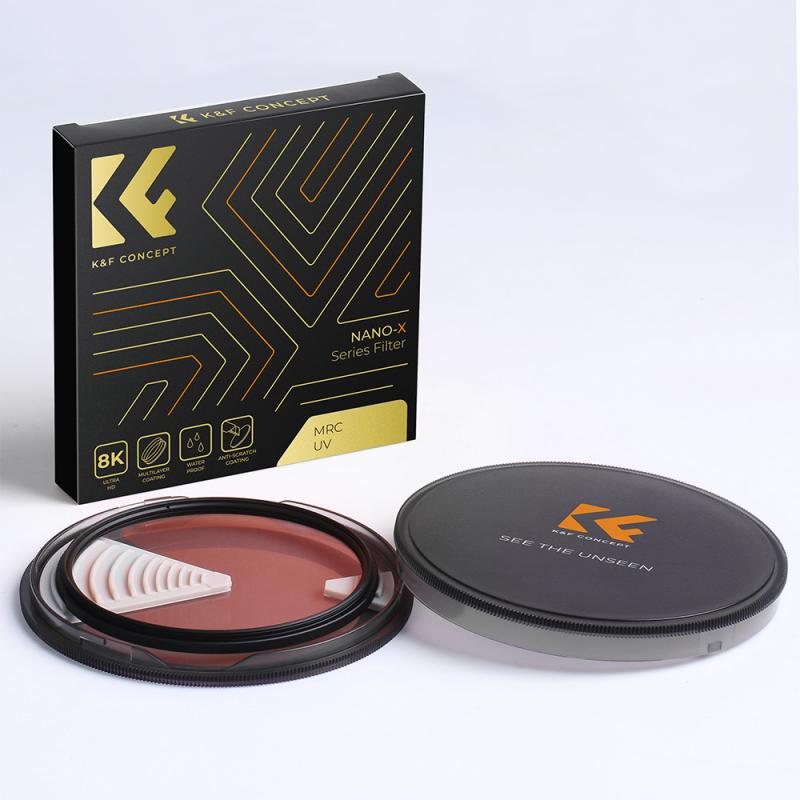
2、 Polarizing Filters: Reduce glare and enhance color saturation.
Camera filters work by modifying the light that enters the camera lens, thereby altering the appearance of the image captured. One type of camera filter is the polarizing filter, which is commonly used to reduce glare and enhance color saturation in photographs.
Polarizing filters are made up of a special material that allows only light waves vibrating in a specific direction to pass through. When light reflects off non-metallic surfaces such as water, glass, or foliage, it becomes polarized, meaning the light waves align in a particular direction. This polarized light can cause unwanted glare and reflections in photographs, resulting in washed-out colors and reduced image clarity.
By attaching a polarizing filter to the camera lens, photographers can selectively block or allow certain polarized light waves to enter the camera. By rotating the filter, they can adjust the angle at which the filter blocks or allows light, effectively reducing glare and reflections. This results in clearer images with enhanced color saturation and contrast.
Moreover, polarizing filters can also deepen the blue of the sky, making it appear more vibrant and saturated. They can also reduce atmospheric haze, making distant objects appear sharper and more defined.
It is important to note that the effectiveness of polarizing filters can vary depending on factors such as the angle of the light source, the position of the photographer, and the composition of the scene. Additionally, advancements in digital photography have allowed for post-processing techniques that can mimic the effects of polarizing filters to some extent. However, using an actual polarizing filter during photography still offers distinct advantages in terms of convenience and immediate results.
In conclusion, polarizing filters are a valuable tool for photographers, allowing them to reduce glare, enhance color saturation, and improve overall image quality. While digital post-processing techniques have advanced, the use of physical filters remains a popular and effective method for achieving these desired effects.
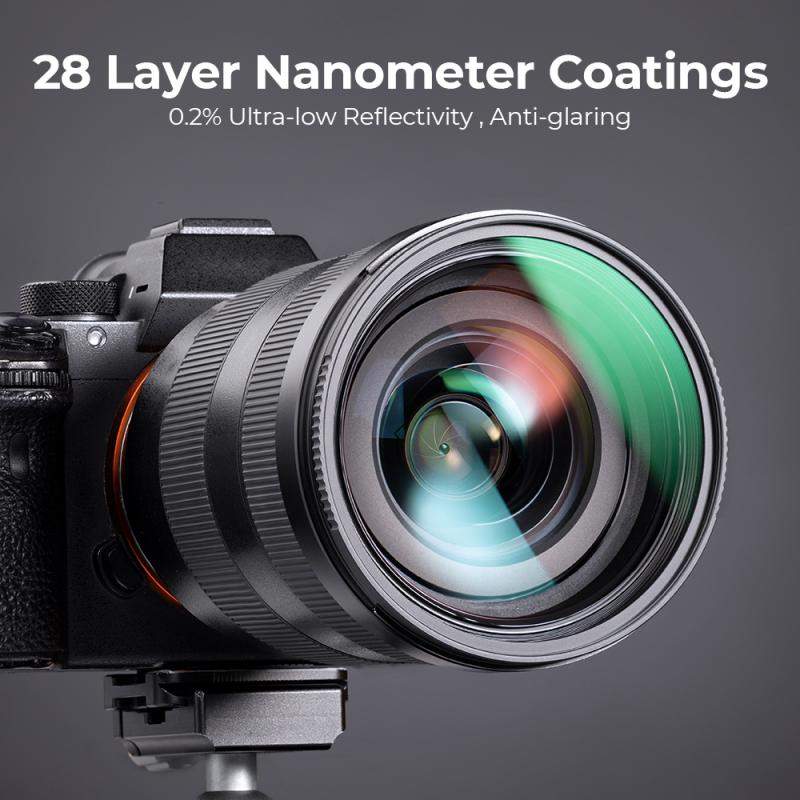
3、 Neutral Density Filters: Reduce the amount of light entering the camera.
Neutral density filters are an essential tool in photography, allowing photographers to control the amount of light entering the camera. These filters work by reducing the intensity of all wavelengths of light equally, resulting in a decrease in the overall brightness of the scene being captured.
The primary purpose of neutral density filters is to enable longer exposure times or wider apertures in situations where there is an excess of light. By reducing the amount of light entering the camera, these filters help to achieve a more balanced exposure and prevent overexposure in bright conditions. This is particularly useful in situations such as shooting in broad daylight or capturing long-exposure shots of moving water or other dynamic subjects.
Neutral density filters are typically made of high-quality optical glass or resin and come in various strengths, measured in stops. The strength of the filter determines the amount of light it blocks, with higher stop values indicating a greater reduction in light transmission. Common strengths range from 1 stop to 10 stops, although some filters can go even higher.
In recent years, advancements in filter technology have led to the development of variable neutral density filters. These filters allow photographers to adjust the strength of the filter by rotating it, providing greater flexibility in controlling exposure. Variable neutral density filters are particularly popular among videographers and filmmakers who require smooth and seamless adjustments in exposure settings.
Overall, neutral density filters are an indispensable tool for photographers, enabling them to achieve creative effects and overcome challenging lighting conditions. Whether it's capturing silky smooth waterfalls or balancing exposure in bright environments, these filters play a crucial role in enhancing the quality and versatility of photographs.

4、 UV Filters: Block ultraviolet light and protect the lens.
UV filters are a type of camera filter that serve multiple purposes. One of their primary functions is to block ultraviolet (UV) light from reaching the camera lens. UV light is invisible to the human eye, but it can cause a variety of issues in photography, such as hazy images, color distortion, and reduced contrast. By using a UV filter, photographers can effectively eliminate these problems and capture clearer and more vibrant photographs.
UV filters work by employing a special coating that absorbs or reflects UV light. This coating is typically made of multiple layers of materials that have high UV absorption properties. When UV light hits the filter, it is either absorbed by the coating or reflected away from the lens, preventing it from reaching the camera sensor.
In addition to blocking UV light, these filters also provide an extra layer of protection for the camera lens. They act as a barrier against dust, moisture, fingerprints, and scratches, safeguarding the lens from potential damage. This is particularly useful in outdoor photography where the lens is exposed to various environmental elements.
It is worth noting that the necessity of UV filters has been a topic of debate among photographers in recent years. With advancements in lens coatings and digital sensors, the impact of UV light on image quality has become less significant. Some argue that using a UV filter can introduce additional lens flare or reduce image sharpness. However, others still prefer to use UV filters as a precautionary measure to protect their expensive lenses.
Ultimately, the decision to use a UV filter depends on personal preference and shooting conditions. Photographers should consider the specific requirements of their equipment and the environment in which they are shooting to determine whether a UV filter is necessary.


